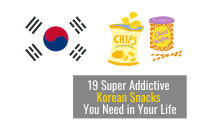This guide will show you the most popular ramyun in Korea and how to make them taste better.
Here’s everything you need to know about Korean ramyun!
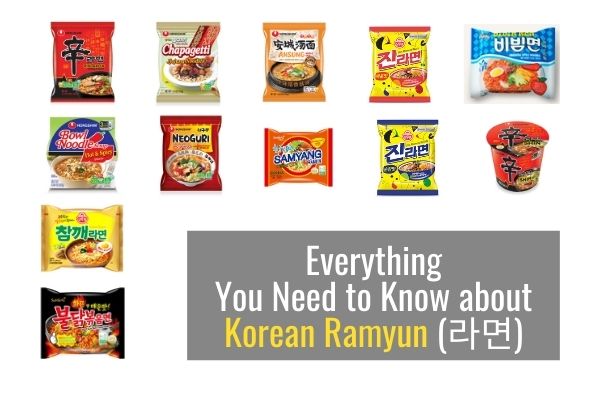
Quick Summary
- Ramyun means instant noodle in Korean.
- The flavors are unique and addictive.
- It’s great to have once in a while, especially as a hangover cure.
What’s the best Korean ramyun (instant noodle)?
The top 10 ramyun sold in Korea 1H of 2020 are:
- 신라면 (Shin Ramyun by Nongshim)
- 짜파게티 (Chapagetti by Nongshim)
- 안성탕면 (Ansungtangmyun by Nongshim)
- 진라면 매운맛 (Jin Ramen (Spicy) by Ottogi)
- 팔도 비빔면 (Bibim Men by Paldo)
- 육개장 사발면 (Hot & Spicy Bowl by Nongshim)
- 얼큰한 너구리 (Neoguri by Nongshim)
- 삼양라면 (Samyang Ramen by Samyang Foods)
- 진라면 순한맛 (Jin Ramen (Mild) by Ottogi)
- 신라면컵 (Shin Cup Noodle by Nongshim)
In addition to the list, 참깨라면 (Sesame Ramen by Ottogi) has a loyal fan base.
불닭볶음면 (Hot Chicken Flavor Ramen by Samyang Foods) is popular among spicy ramyun lovers. But be prepared for pain if you’re brave enough to try it!
What’s the difference between ramen and ramyun?
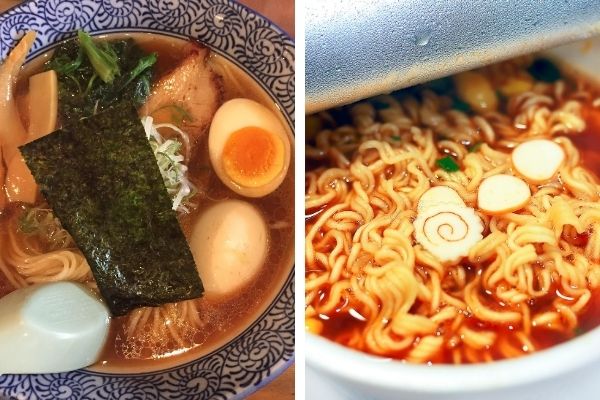
At a restaurant, Japanese ramen is very soothing and rich from its broth, which is boiled overnight. Whereas Korean ramyun is instant and spicy.
There are some Korean ramyun places that make everything from scratch, but they’re not the norm. Also, there is of course instant ramen in Japan.
Even when you order ramyun in an affordable Korean diner like 김밥천국 (Kimbab Cheonguk or Kimbab heaven), they’ll just cook instant noodles for you and crack in an egg as a bonus.
Japanese ramen usually comes with a soft boiled egg saturated in soy sauce and mirin.

Is Korean ramyun healthy?
No, probably not. If you want to be healthy, minimize consumption.
Experts recommend people to limit ramyun to once a week.
Some Korean brands try to be healthy by not frying their noodles, but they don’t taste as naughty and good.
No Koreans eat ramyun to be healthy.
It’s the first food to avoid when we go on a diet.
How often do Koreans eat ramyun?
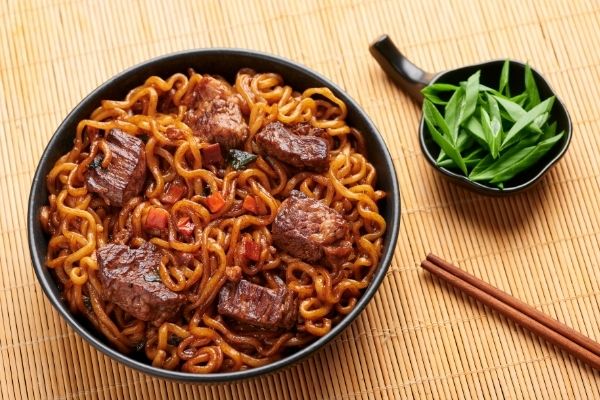
Very often. 8 out of 10 Koreans eat ramyun 1-3 times a week.
It’s probably because Koreans have a busy and rough life, and ramyun is easy to cook and very cheap.
What goes well with Korean ramyun?
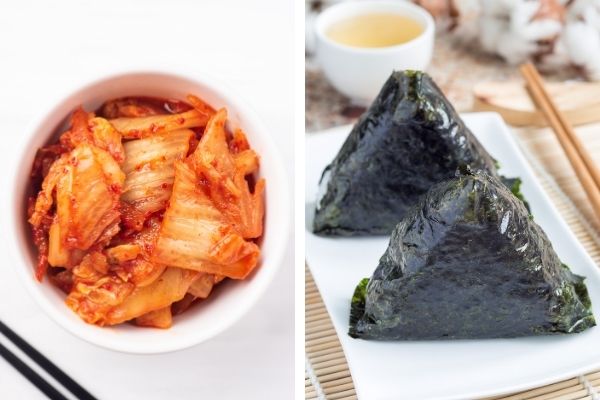
Koreans love eating ramyun with kimchi on the side or Samgak Kimbap (삼각김밥, triangular shaped kimbap with a special ingredient inside), which are normally sold at convenience stores.
When Koreans still feel hungry after finishing ramyun, we add a bowl of rice (usually cold rice) to the soup. (This is done at home.)
Growing up, my mom only cooked ramyun for 2 reasons:
- She was really tired from a trip
- She didn’t want to cook
This happened about twice a year since ramyun is considered unhealthy. Now, with online shopping, housewives have more time and energy.
When I first got a job in Seoul and was poor, I ate ramyun a few times a week. Now I keep it down to once a week, usually.
How do Koreans improve ramyun?
Most Koreans add an egg or green onions/peppers while cooking instant noodles.
If you’re a 맵찔이 (map-jjil-ee: a new trendy word created to tease people who can’t eat spicy food) like me, adding a little bit of milk or a slice of cheese will make ramyun more soothing and enjoyable.
Is Korean ramyun better in Korea or overseas?
Surprisingly, Korean ramyun tastes better overseas. Why is this? It might have something to do with export laws or the fact that there’s more competition. Korean ramyun in Korea tends to use different oil and be smaller than those found abroad. So you’re not missing out if you’re not in Korea!
FAQ
What is the best-selling brand of ramyun in Korea?
Shin Ramyun (신라면) is the number one seller in Korea after it unseated Samyang (삼양라면) in the early 90s.
How much Shin ramyun is sold in Korea?
Nongshim (농심), the maker of Shin Ramyun, sold 2.09 trillion won (US$1.85 billion) worth of instant noodles in Korea in 2020.
How much ramyun is consumed in Korea every year?
The average Korean ate 76.1 units in 2016. It’s estimated that in 2020 during the pandemic, the number rose to 80 packages a year per person.
Korean ramyun vs ramyeon vs ramen?
The first two are the same thing. Ramyun is the preferred spelling, but ramyeon is also acceptable. Ramen is the Japanese version.
Let’s hear from you.
Now it’s your turn.
Let us know your favorite Korean ramyun in the comments!


